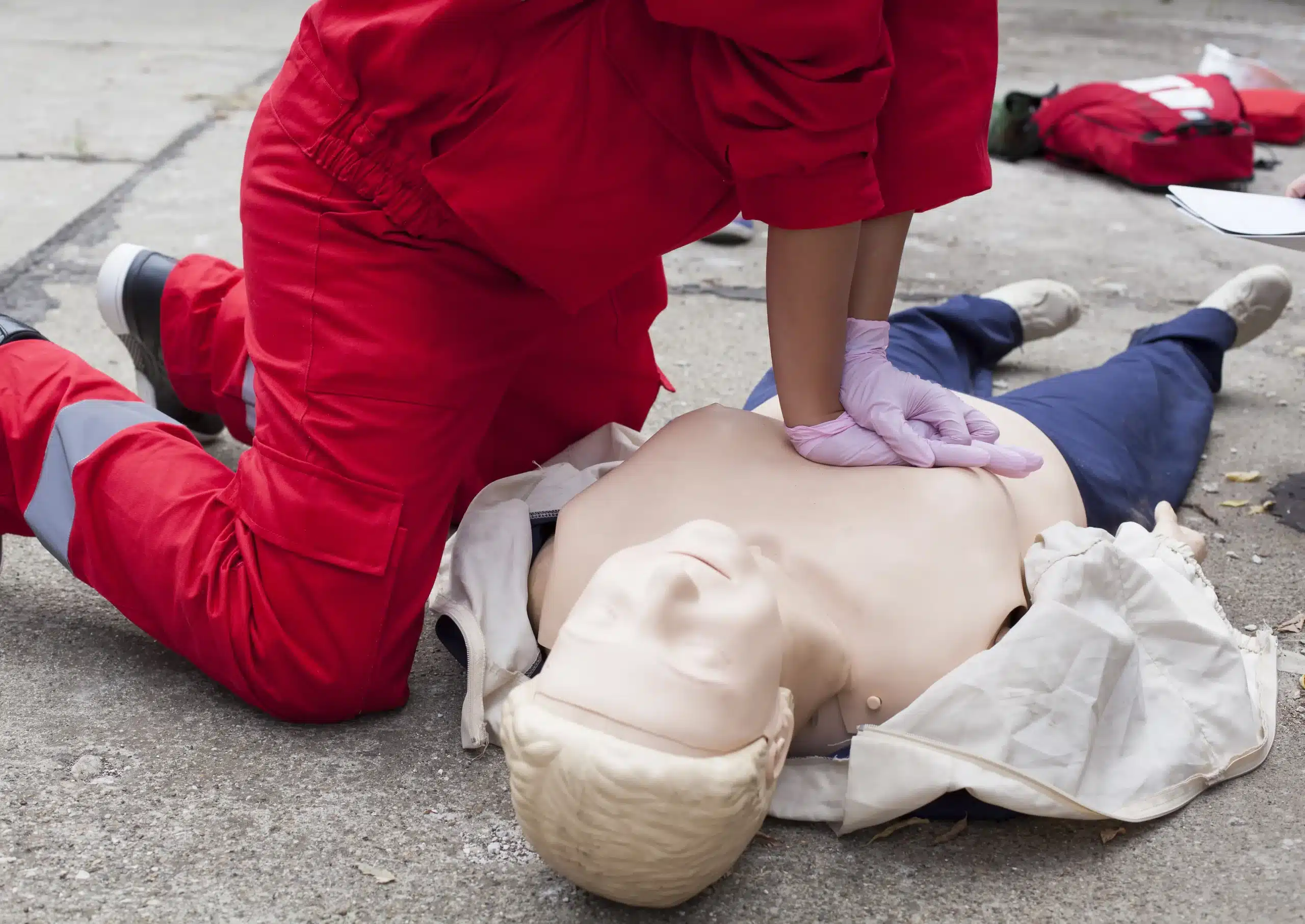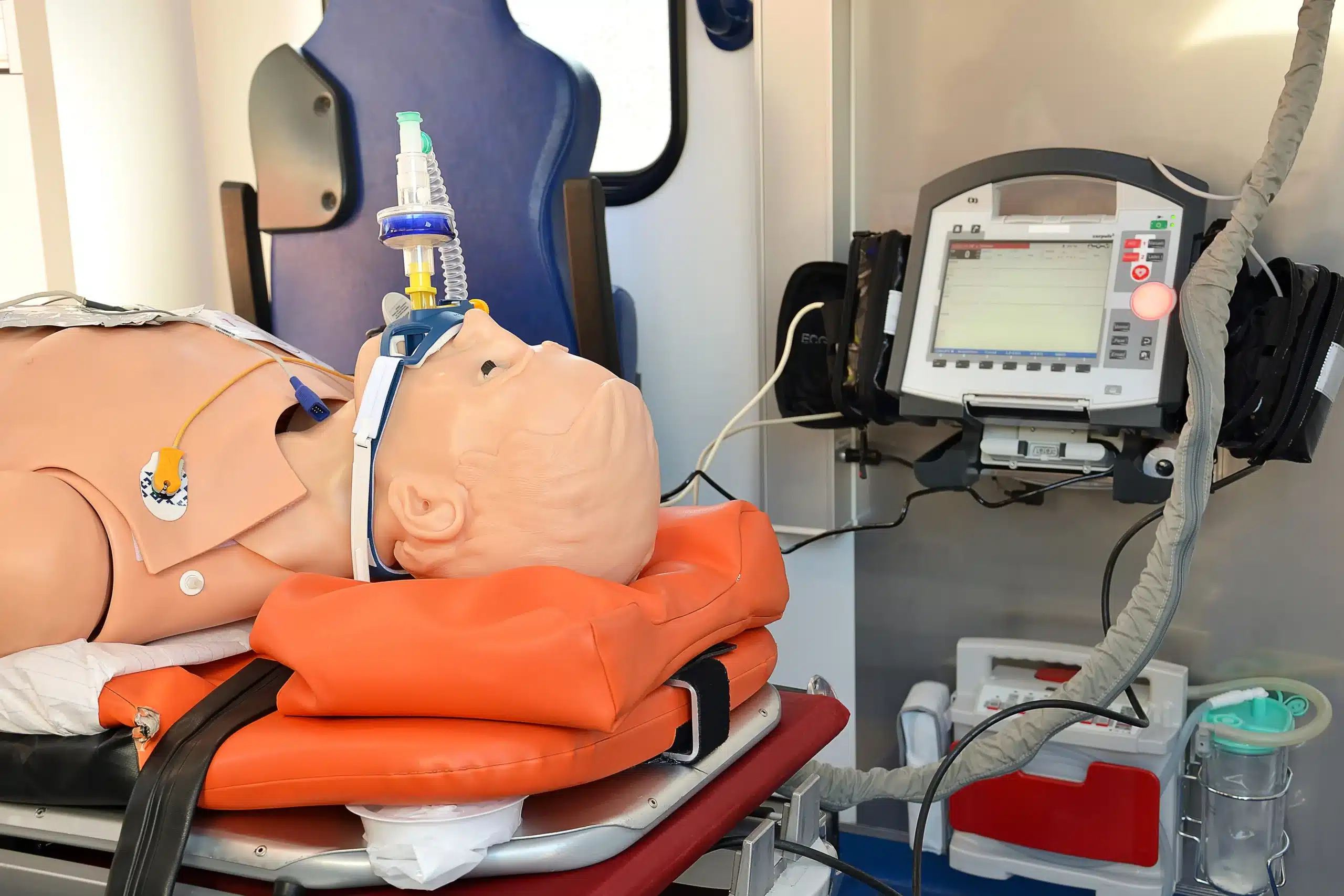Cardiopulmonary resuscitation (CPR) saves lives. Yet, misconceptions persist. These myths can deter people from learning or performing CPR. In this guide, we’ll debunk the most widespread CPR myths and provide accurate information so you’re well-equipped when it matters most.
The Importance of CPR
CPR, a lifesaving technique, is paramount during cardiac arrest. It involves chest compressions and, in some cases, artificial ventilation. CPR maintains blood flow to vital organs until professional medical help arrives. Understanding CPR’s importance is crucial, but it’s equally vital to separate facts from fiction. Let’s tackle these myths.
Myth 1: CPR Is Complicated and Only for Professionals
Many believe CPR is too complex for laypersons. This isn’t true. While healthcare professionals receive advanced training, basic CPR is simple. Organizations like the Safety Training Seminars offers AHA CPR courses tailored for non-medical individuals. These courses focus on hands-on practice and simple instructions, ensuring anyone can learn.
Myth 2: Mouth-to-Mouth Is Always Necessary
The image of mouth-to-mouth resuscitation is ingrained in popular culture. However, it isn’t always required. Current guidelines suggest hands-only CPR for adults who collapse suddenly. This method is effective and eliminates concerns about mouth-to-mouth contact, making bystanders more willing to perform CPR.
When to Use Mouth-to-Mouth
- Children and Infants: Their physiology sometimes requires breaths.
- Drowning Victims: Lack of oxygen necessitates breaths.
- Drug Overdose Cases: Specific circumstances call for ventilations.
Knowing when mouth-to-mouth is essential ensures appropriate action in varied scenarios.
Myth 3: You Can Hurt Someone by Performing CPR Incorrectly
Fear of causing harm stops people from attempting CPR. While it’s possible to cause minor injuries like rib fractures, the alternative—doing nothing—is far riskier. Without CPR, cardiac arrest victims have minimal chances of survival. Remember, any attempt is better than none.
Mitigating Potential Risks
- Proper Hand Placement: Lowers injury risk.
- Consistent Training: Regular practice builds confidence and skill.
- Follow Official Guidelines: Ensures up-to-date technique knowledge.
Empowering individuals with knowledge and practice helps overcome apprehension about performing CPR.
Myth 4: CPR Restarts the Heart
Contrary to popular belief, CPR doesn’t restart the heart. Instead, it circulates oxygen-rich blood, supplying the brain and organs. CPR preserves brain function and buys time for defibrillation, which can restore a regular heart rhythm.
Role of Defibrillators
- Automated External Defibrillators (AEDs) deliver an electric shock, often crucial for restoring heart rhythm.
- Immediate Use alongside CPR increases survival rates.
Understanding CPR’s true purpose highlights its critical role in conjunction with defibrillation.
Myth 5: You Need Special Equipment to Perform CPR
Some people think CPR requires special tools. Not true. Only your hands are needed for hands-only CPR. AEDs, while beneficial, aren’t mandatory for initiating CPR.
Accessible Tools
- Your Hands: Primarily needed for initial response.
- Community AEDs: Often found in public spaces like airports and offices.
- CPR Training Resources: Widely available online and in-person.
Knowing you can begin assistance without equipment encourages immediate action.
Myth 6: Only People with Medical Training Can Perform CPR Properly
This myth discourages many from taking action. Formal medical training isn’t a prerequisite for effective CPR. Basic courses provide ample knowledge to save lives.
Valuable Training Resources
- American Red Cross: Offers community-based training.
- Online CPR Certifications: Provides flexibility and accessibility.
- Local Health Workshops: Foster hands-on practice and community engagement.
Encouraging widespread education demystifies CPR and increases community readiness.
Myth 7: CPR Is Only Needed for Heart Attack Victims
CPR isn’t limited to cardiac events. It’s also crucial for various emergencies involving breathing cessation or unresponsiveness, including drowning, electrocution, and drug overdoses.
Recognizing Situations Requiring CPR
- Sudden Collapse with no breathing or pulse.
- Respiratory Arrest from choking or allergic reactions.
- Trauma leading to unconsciousness.
Broadening awareness of CPR applicability ensures timely intervention across different emergencies.
The Science Behind CPR Effectiveness
CPR’s efficacy is well-documented. Studies show that immediate CPR can double or triple survival chances. It’s crucial to understand how CPR sustains life.
Circulatory Support
- Maintains Blood Flow to the brain and organs.
- Prevents Brain Damage by delaying cell death.
- Supports Vital Functions until professional help arrives.
Appreciating CPR’s physiological impacts underscores its lifesaving potential.
Empowering Yourself with CPR Knowledge
Taking the initiative to learn CPR empowers you to make a difference. Access resources, practice regularly, and stay informed about guidelines to maintain proficiency.
Your Role in Saving Lives
- Stay Certified through periodic refreshers.
- Share Knowledge with peers and family.
- Commit to Action when emergencies arise.
Confidence in your capability to perform CPR can transform fearful hesitation into decisive action.
Final Thoughts on CPR Myths
Debunking CPR myths is essential. Accurate information builds confidence and encourages action. By understanding CPR’s true nature and dispelling misconceptions, you can become a vital link in the chain of survival. Equip yourself with knowledge, spread awareness, and be prepared to save a life.
Contact us to learn more about CPR training and how you can make a difference in your community.






